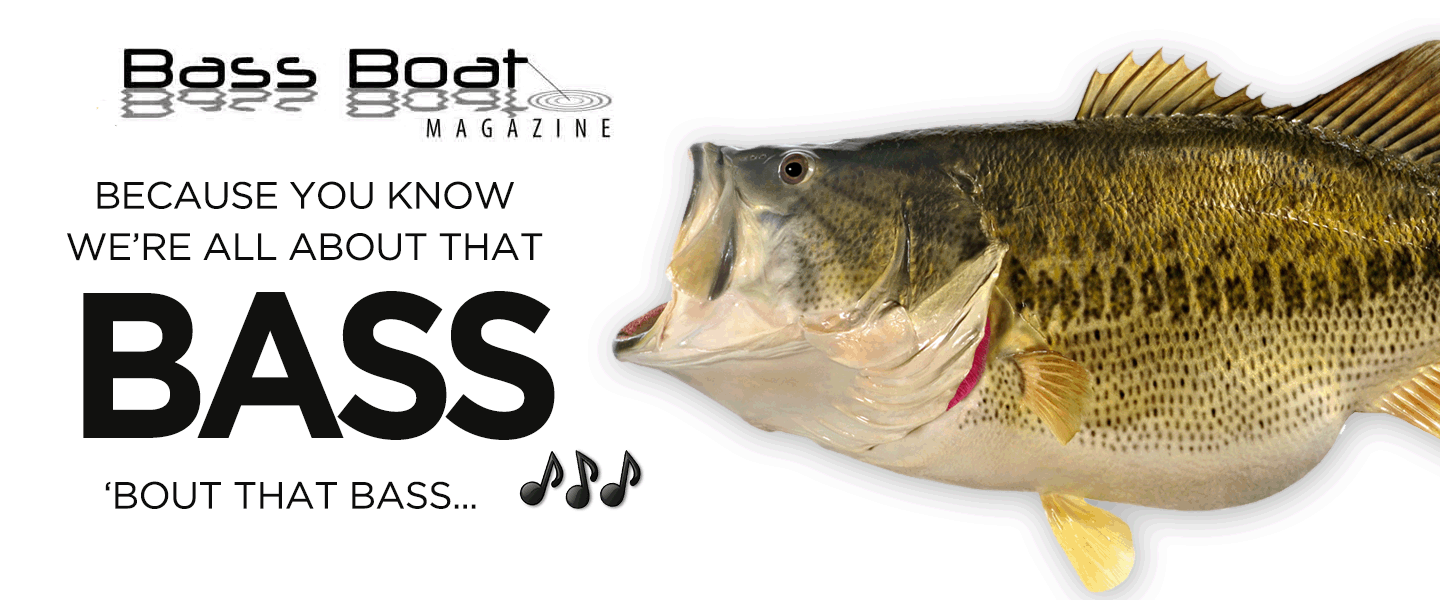

Why Polarized?

Chances are, every serious fisher-person either owns or has heard of these miracle shades that let you see tens of feet into the fish's watery world. They are known as "polarized" sunglasses and have become more of a phenomenon than just a way to block out the sun. For those of you who do own polarized sunglasses, you know what a valuable resource they can be, and for those of you who don't, you are missing out on a great tool to catch fish.
First off, the idea of polarizing lenses is not a new concept. It has been around for decades. But until recently, it was only applied to high end rifle scopes, binoculars, and camera optics. This was due primarily to the fact that up until recently, the process of polarizing a lens was very costly and time consuming. Though with advances in the fields of optics, it has become practical and worthwhile to apply this polarization process to sunglasses and in some cases, prescription eyeglasses. Polarization, in essence, means that the glass is treated by aligning the molecules in the glass in one direction which eliminates the refraction of light and drastically reduces visible glare. It's in this reduction of glare that produces the effect of "seeing through the water". By removing the surface glare, the wearer gets a clearer picture and a wider field of vision on and under the water. Of course, the lighting conditions on any given day will determine exactly how effective the glasses are. The sun directly overhead provides the wearer with the best possible results with these glasses. Most of the light is directed upwards and not on an angle where it would shine directly at the lens, such as during sunrise or sunset.
Like any other product, quality comes at a price. The cost of these polarized sunglasses can run anywhere from ten to fifteen dollars for Wal-Mart discount rack types, upwards of three hundred dollars for premium optics and designer names. I like to designate them into four categories: Low End, Lower Mid-Price, Upper Mid-Price, and High-End. Each of these categories has their pros and cons

